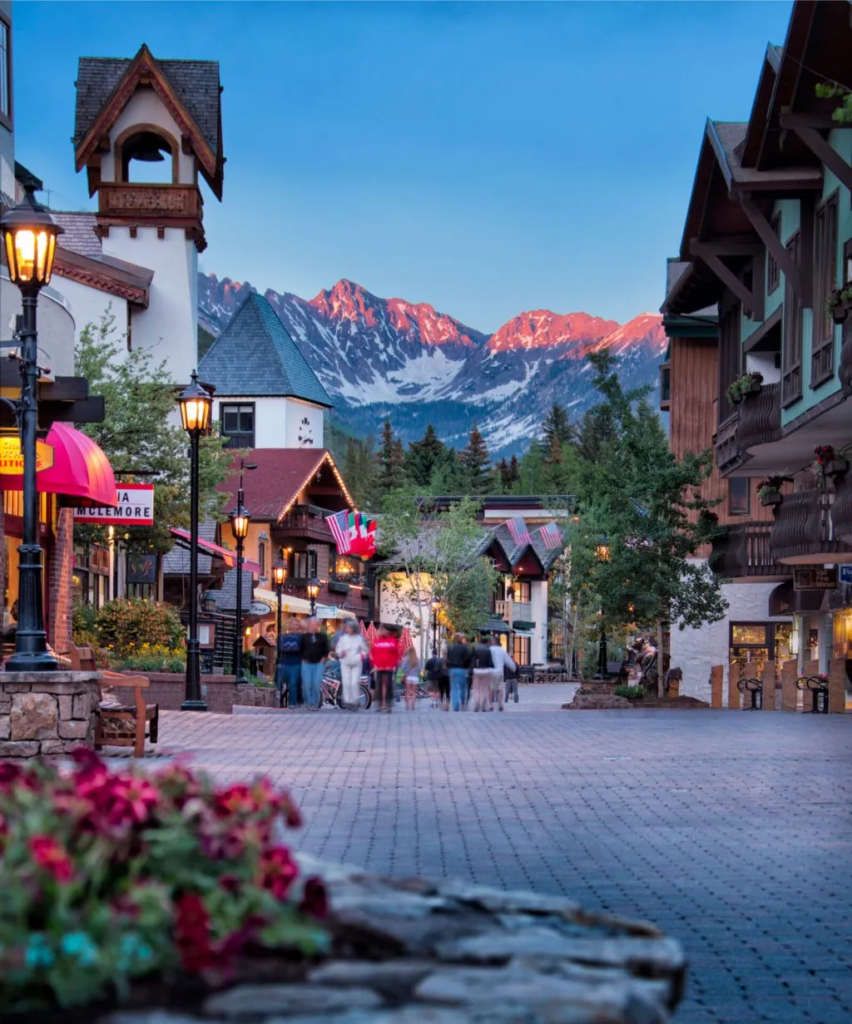
In class I’ve told students I don’t like the phrase “cancel culture” since it is never quite clear what the speaker means by it. But arts presenters keep going around cancelling artists, and so I might need to rethink my stance on this.
The art museum on my own campus cancelled a long-planned art exhibit by Palestinian artist (and Indiana University alumna) Samia Halaby on the grounds that she is an activist for the rights of Palestinians (the official IU line was that this was about “security”, which not a single person on this campus, including me, believes). Ballet Ireland cancelled a planned performance of a work choreographed by Ohad Naharin because he is Israeli (““We stand by the right to freedom of artistic expression, and despite our belief that art should not be drawn into politics, we feel the time is not right to be performing this work,” said Anne Maher, artistic director and chief executive officer of Ballet Ireland,” as she proceeded to not stand by the right to freedom of expression, and to draw art into politics). Note in neither of these cases was the issue that the work of art itself was greatly offensive or out of line. The cancellations were because of who the artists were.
And now to Vail, Colorado, one of those ski towns intent on showing everyone just what a “vibrant” place it is when it comes to the arts. The Colorado Sun reports:
In early March, Indigenous artist Danielle SeeWalker posted a new painting to her Instagram: A woman in profile, her face grayed out except one eye staring directly at the viewer — a signature of SeeWalker’s painted works. The woman is wearing a keffiyeh, the black-and-white scarf worn to signal support of Palestine, with a feather by her ear and a bright red braid.
Reactions to the painting were overwhelmingly positive, “I’m so grateful to know you and your work,” one person wrote. Hands clapping and watermelon emojis, a symbol of Palestinian support, dotted the comment section. She later created 60 prints of the painting, titled “G is for Genocide,” and sold them to raise money for the UN Crisis Relief Fund.
But in early May, that same painting stripped her opportunity to spend part of her summer as Vail’s artist in residence.
Vail has been inching toward an artist in residence program for over two decades, and finally took a major stride last year bringing Washington-based artist Squire Broel to the town for a pilot program. In January, the town contacted SeeWalker, a Denver-based Lakota artist whose work across mediums reflects her experiences as an Indigenous woman in contemporary America. They wanted her as their second artist in residence. …
SeeWalker worked with Vail’s Art in Public Places program to develop a residency that would include a mural at the Vail Village parking structure, a photography exhibit from her Red Road Project and a moderated discussion at the Vail Symposium, a nonprofit independent of the town that provides educational programming.
The city posted an announcement about her residency on May 6, a month before she was scheduled to move in. Then the town started to receive emails.
“We started getting messages from individuals looking closely at her social media posts,” Forrest said. “The concern was around the very polarizing issue in Israel and Gaza right now. We didn’t want public funds connected to a project about a polarizing geopolitical issue that is still playing out.”’
Ms. SeeWalker’s profile is here, and you can check out some of her artwork here. A few things to note. First, the cancellation of her artist-in-residency was not about any art made or anything she did during that residency: it had not yet begun. Second, just browsing her website reveals that her work is often political, explicitly dealing with the violence Europeans inflicted upon Native Americans, the exploitation, and the horrors of the boarding school system (about which she uses the term “genocide”). And so they offered the artist-in-residency to someone they knew often incorporated politics into her work, and, I am going to guess, were attracted by the “edginess” of bringing her to Vail.
I am not someone drawn to political art (nor do I hold that “all art is political”, except in the most banal sense). I find that in the vast majority of cases neither the political intent nor the aesthetic aspects of the work succeed (yes, I know there are a few exceptions, but they are few). I also think any writer or artist ought to think long and hard when they choose to use the word “genocide”. Calling a work “G is for Genocide” is not serious, and it is a subject warranting some gravitas.
But that’s just me; chacun à son goût. And “G is for Genocide” was not planned for a large-scale mural in Vail, scaring off the tourists, about which the town could have, rightly, demurred. But my take on her art, or the “messages from individuals looking closely at her social media posts”, are not the point. If you are going to present an artist, as a museum, a ballet company, or a town, then you commit to it. In each of the three cases I mention here, nothing new was revealed about the artists from the time the commission was made. It’s just that the institutions got nervous: somebody is offended by who the artist is, whether Palestinian, Israeli, or a politically forthright Lakȟóta wíŋyaŋ. Show some courage.
Cross posted at: https://michaelrushton.substack.com/

Leave a Reply